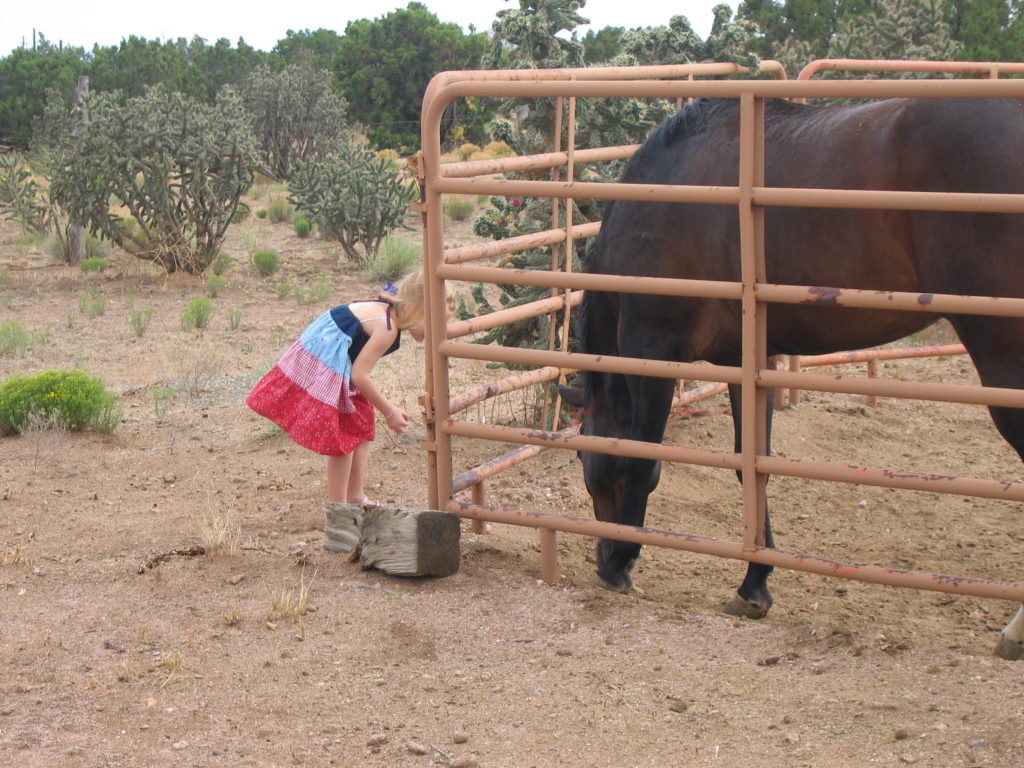In case you haven’t figured it out, the reason you always feel broke is that you are married, with children.
It’s that simple.
Yes, you probably put too much on your Visa bill. And, yes, it’s incriminating that you know the exact price of a Starbucks Grande Mocha. But when push comes to shove, such indulgences are minor compared to the real cause.
Children.
For better or worse, we’re clueless about the financial commitment we make when we take our wedding vows.
The financial commitment of having children
You can understand exactly why it’s difficult to make your paycheck cover your expenses if you’ll spend a few minutes thinking about a tool once used by the Department of Labor. It’s called the “Revised Equivalence Scale” and it is one of the many devices that have been used to sort out the differences in cost of living for households of different age, size, and composition. While academics continue to debate the best tools, a revised equivalence scale that’s more than 20 years old tells the story.
Let’s say that the cost of living for a young married couple without children gets an index number of 100. From there, the revised equivalence scale has an index to represent the cost of living for each size and age of family composition.
A young single person, for instance, would get an index of 71.
The arrival of a first child takes the index to 127.
The arrival of a second child moves the index to 147.
The index continues to climb as the children age. It reaches 204 when the older child is 6 to15 years old and peaks at 231 when the older child is 16 to 17. (The index is apparently unaware that some children go to college.)
From there the index starts to descend, going down to 186 when only one child is at home (assuming the other isn’t at Stanford or Harvard). It reaches a mere 120 when the couple makes “Empty Nester” status. It hits 104 when the couple is retired and bottoms at 57 when a spouse dies and leaves a widow.
Put all these index numbers together and you have a life cycle. You also have an idea of how much your income needs to increase if you have the heart-warming and politically correct goal of having two children. Between the day we marry (index 100) and the day the index peaks at 231— a period of about 17 to 19 years— real family income needs to grow at 4.5 percent to 5 percent a year to maintain our standard of living.
So think about that.
If your real family income needs to grow at 4.5 to 5 percent a year and inflation is 2.5 to 3.5 percent, the simple project of marrying and having a family requires income growth of 7 to 8.5 percent a year.
Not for two or three years. Not for five years.
It requires that size annual income increases for nearly two decades.
How often does that happen?
Not very. According to the website salary.com, typical workers can expect a raise of 3.7 percent this year, following an average raise of 3.6 percent in 2004. At best, that’s 1 percentage point over the rate of inflation, not the 4.5 to 5 percent a young family will need to avoid a declining standard of living.
Averages, of course, can be misleading. Younger workers tend to get larger raises. More experienced workers tend to get smaller raises. How long you get real raises depends on the complexity of your job and whether your responsibilities increase.
Whatever the job, no workers get raises because they are parents and need the money.
Many young couples, armed with visceral knowledge of this reality, decide to have fewer children. Some— an increasing number— decide to have none.
What about the others? Are they dumb?
No. They are heroes, real everyday heroes.
The Long Financial Climb to Raise a Family |
|||
| The index uses newlyweds as a standard of 100 and shows changes in income needed to maintain status quo. (a)Expenses do not include college educations.) | |||
| Family Status | Years Married | Age | Index(a) |
| Single | Na | 24 | 71 |
| Young Marrieds | 0 | 25 | 100 |
| Young Marrieds, one child | 3 | 28 | 127 |
| Young Marrieds, two children | 5 | 30 | 147 |
| Married (older child 6-15) | 10 | 35 | 204 |
| Married (older child 16-17) | 19 | 44 | 231 |
| Married (older child 18 plus)(a) | 21 | 46 | 196 |
| Married (old child at home) | 25 | 50 | 186 |
| Empty Nest Couple | 30 | 55 | 120 |
| Retired Couple | 40 | 65+ | 104 |
| Widowed | 57 | ||
| Scott Burns, “What Does It Take To Secure Your Future?”, Dallas Life Magazine, March 2, 1986 | |||
This information is distributed for education purposes, and it is not to be construed as an offer, solicitation, recommendation, or endorsement of any particular security, product, or service.
Photo: Scott Burns
(c) A. M. Universal, 2005
